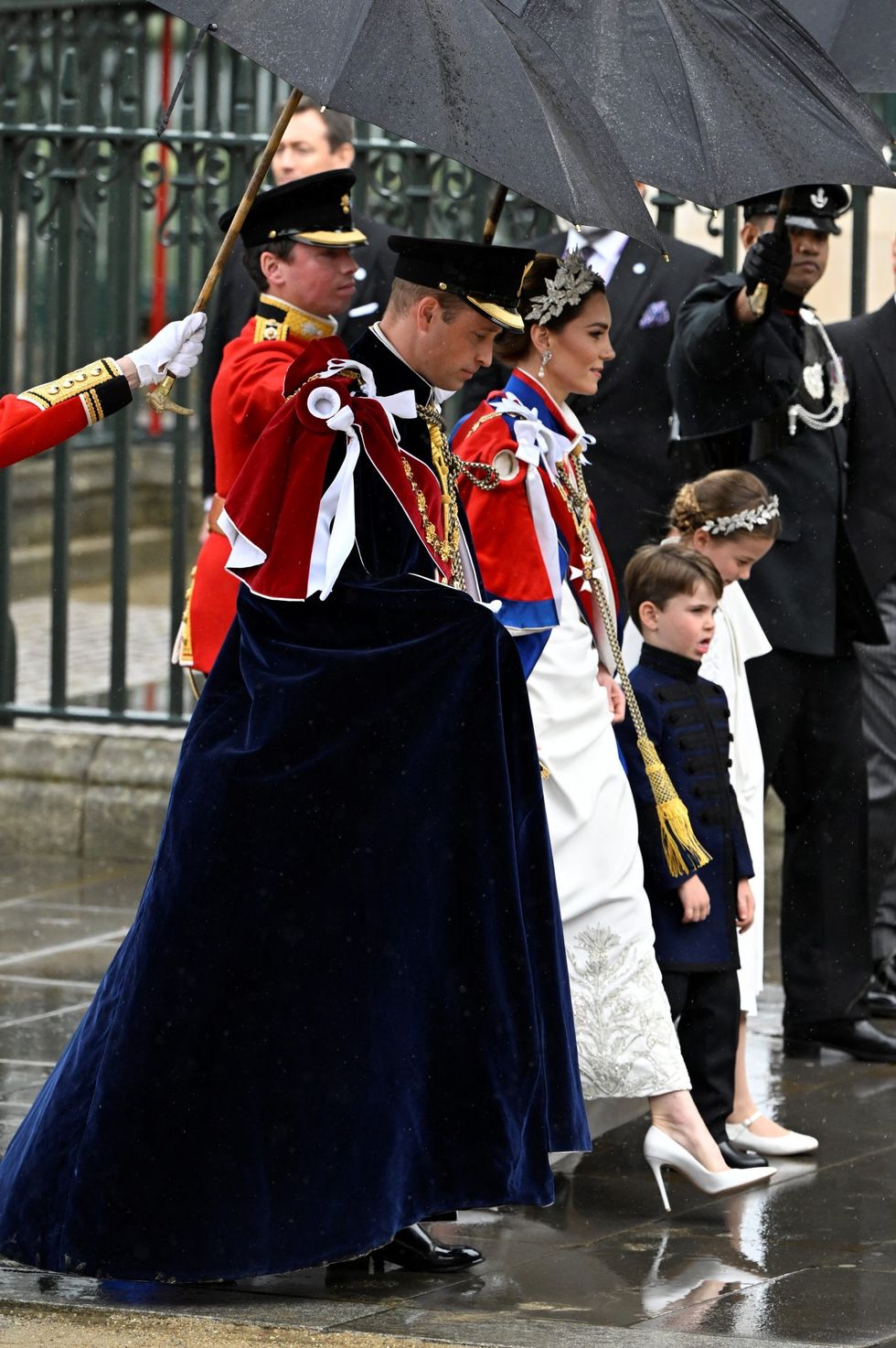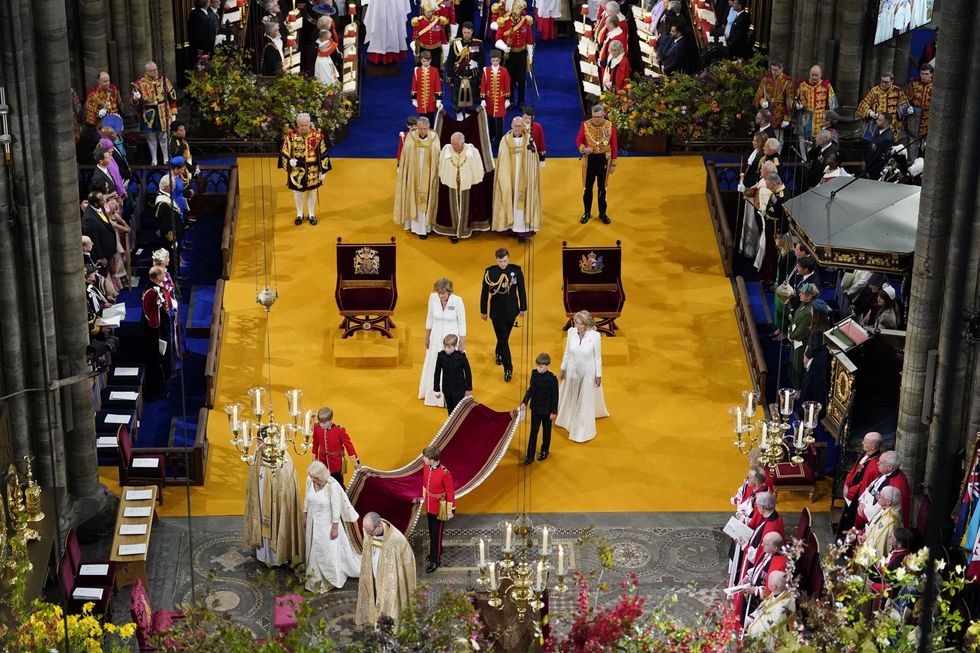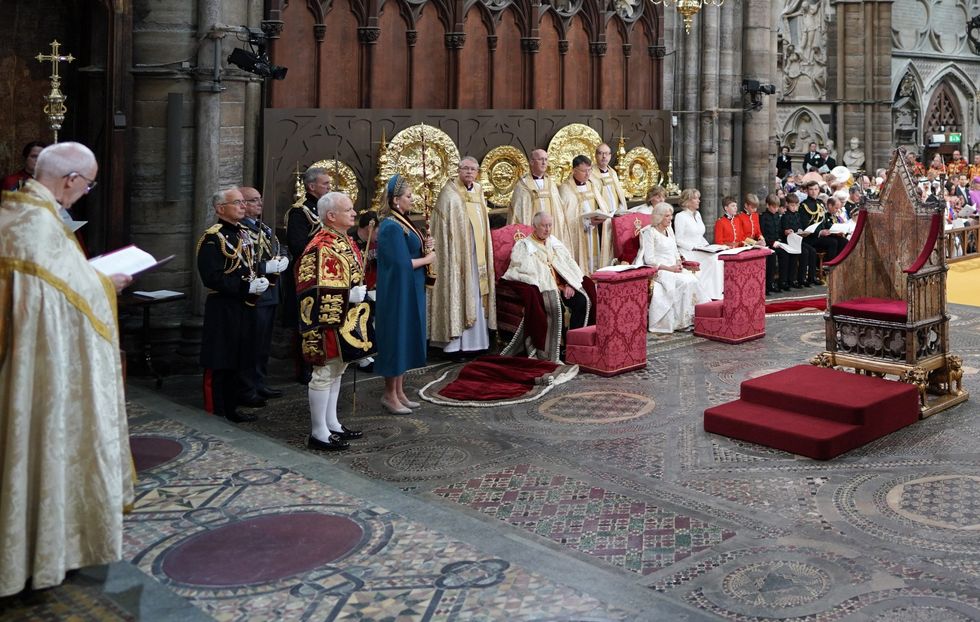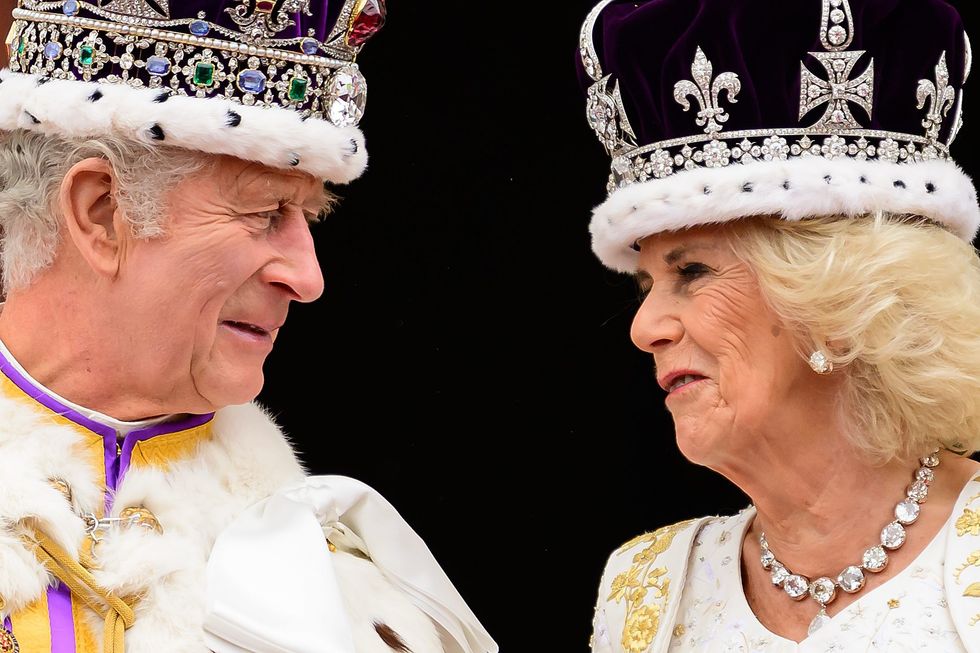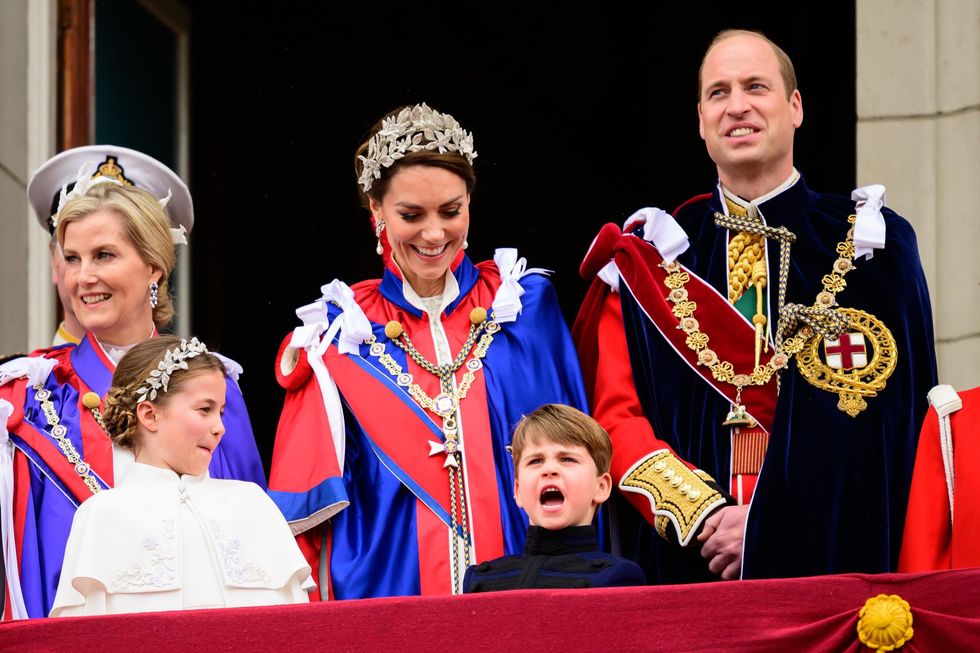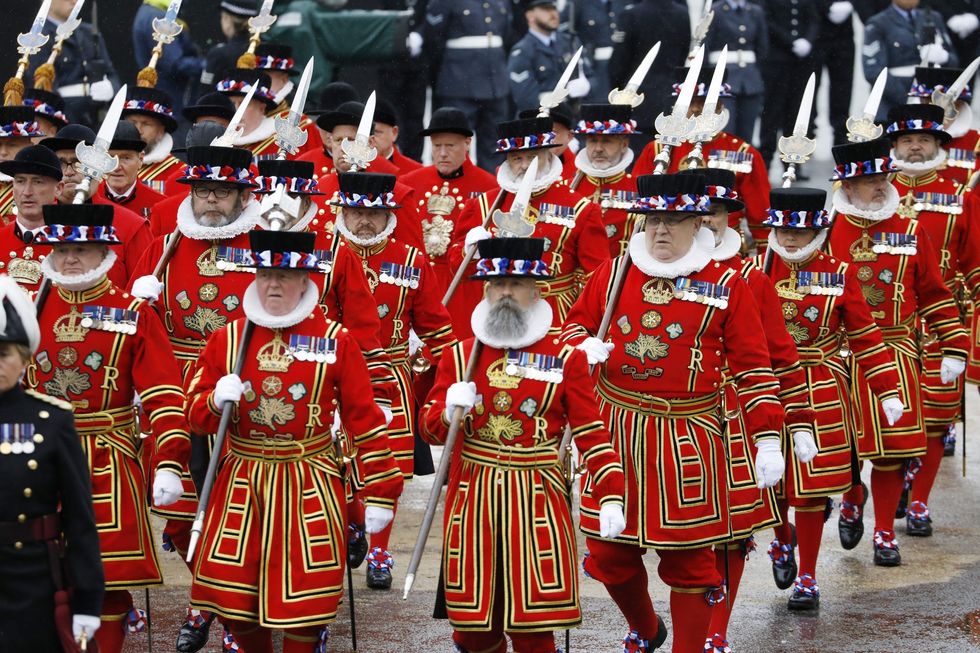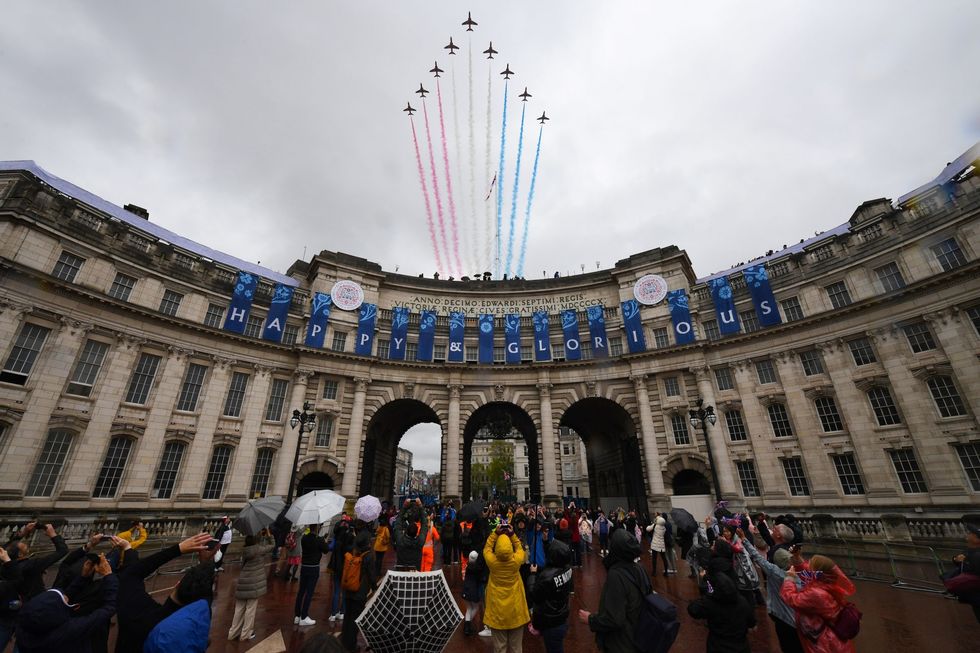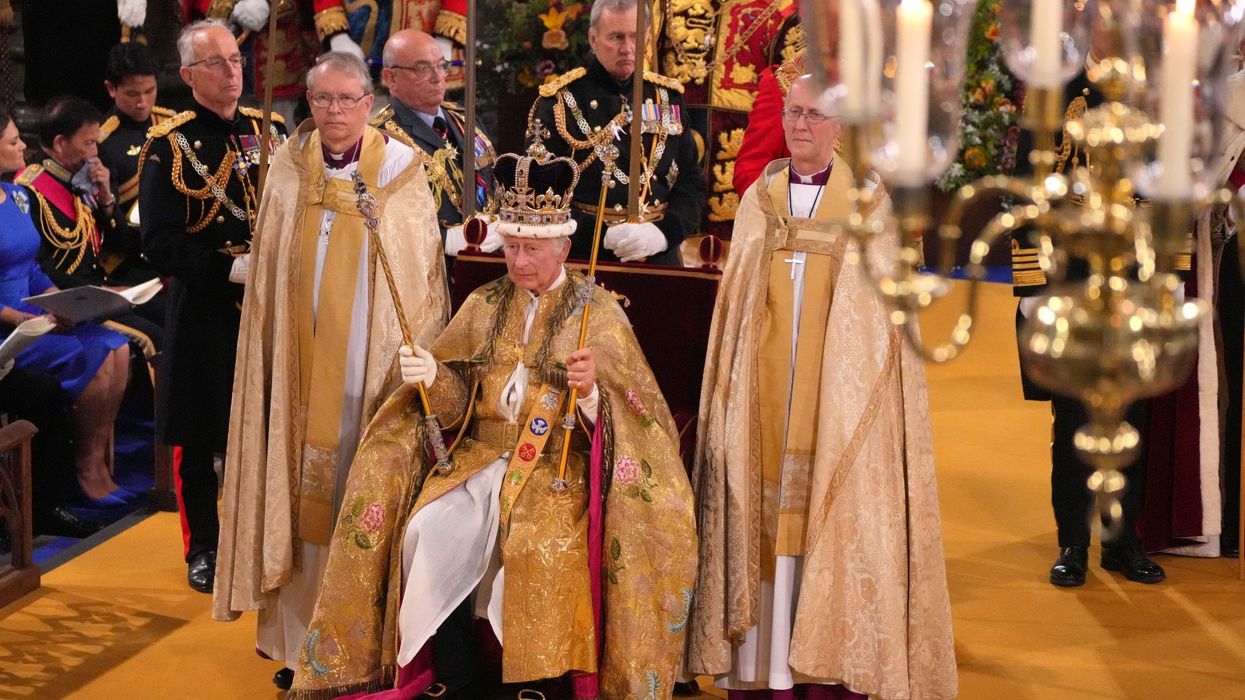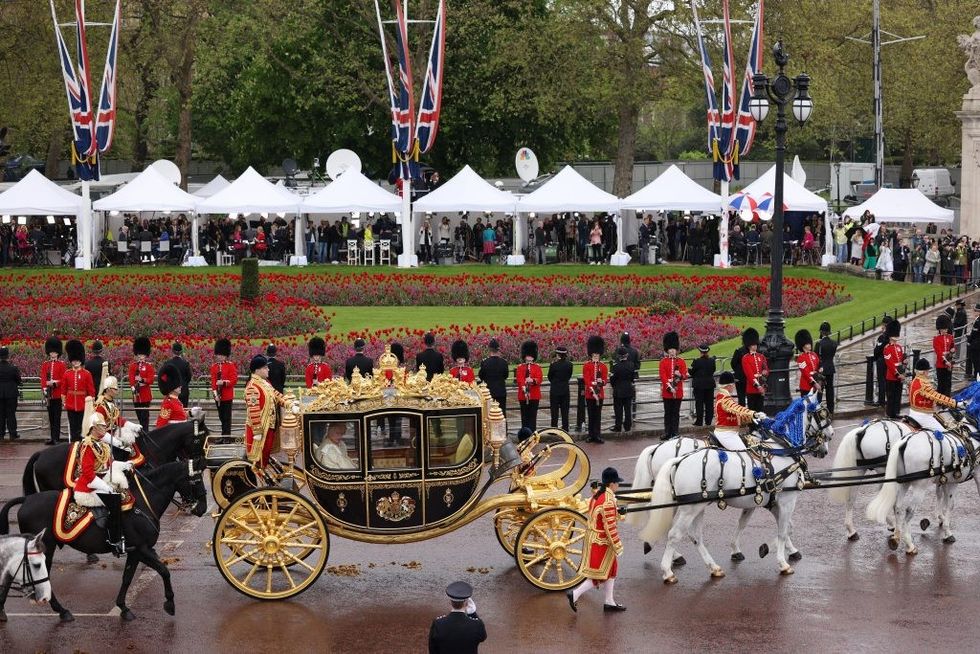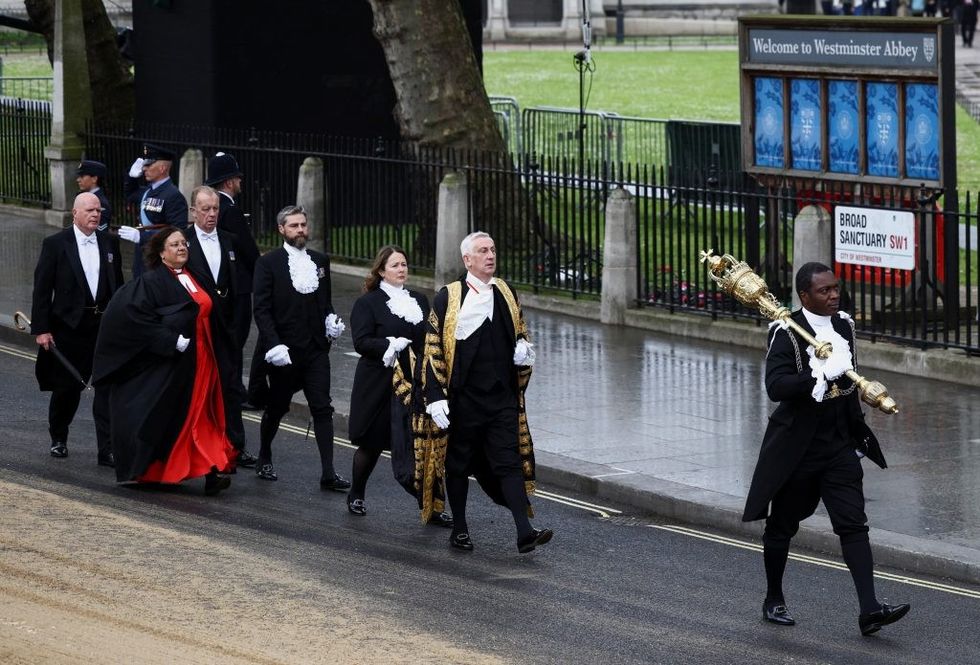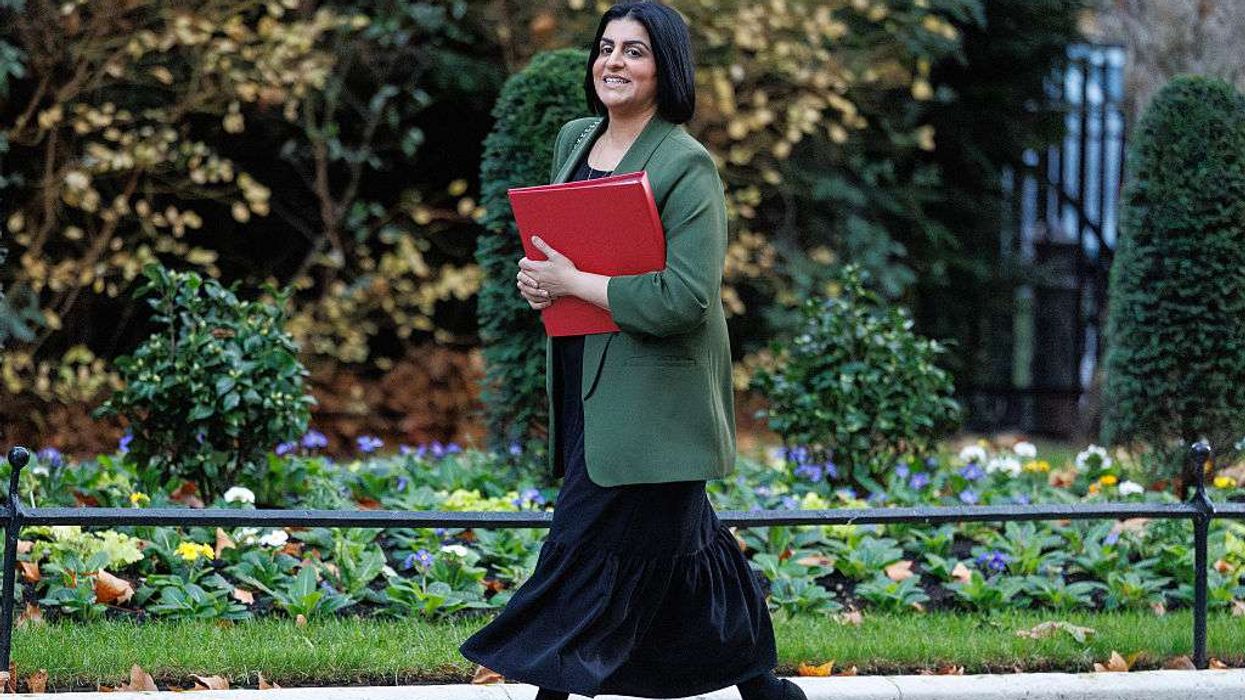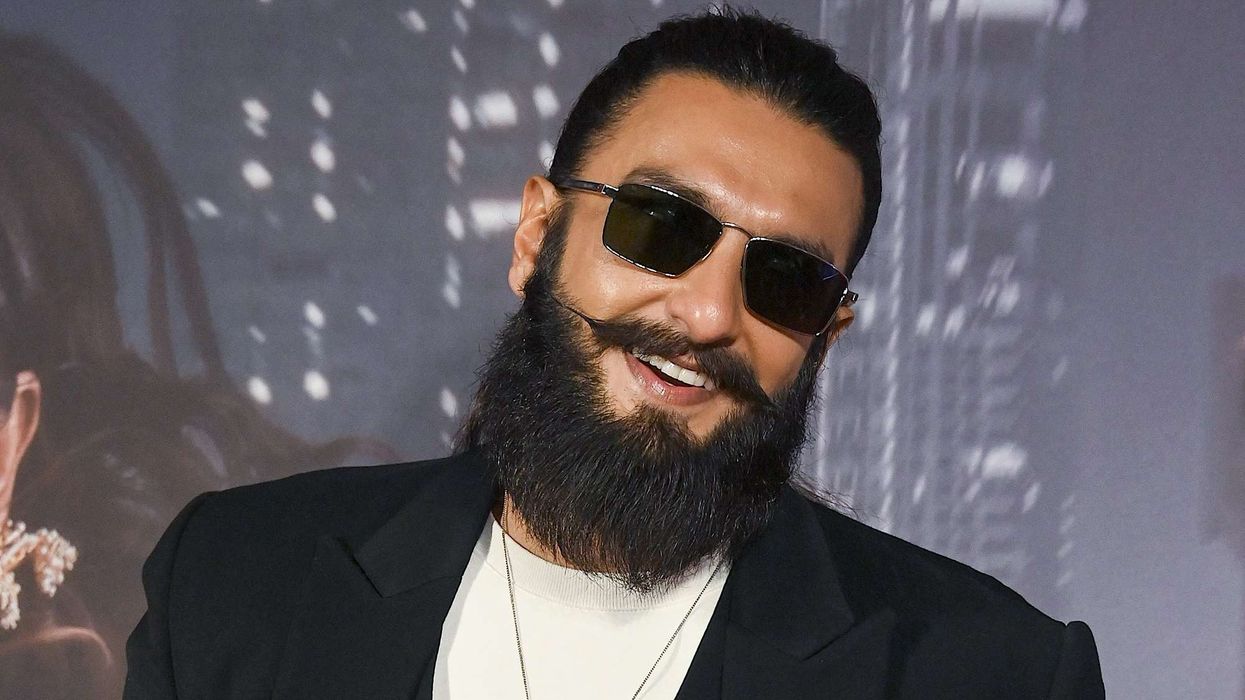The much-awaited British coronation, after a 70-year gap, was an impressive spectacle. The ceremony was held at Westminster Abbey, where members of the royal family, politicians, global leaders, and the public gathered to witness the coronation of King Charles III and his wife, Camilla, the queen consort.
Among the attendees were Prince William, Princess Kate, and Prince Harry, along with the Waleses' children - Prince George, Princess Charlotte, and Prince Louis. Members of Queen Camilla's family will also be in attendance.
The coronation service, according to Buckingham Palace, represented the monarch's present and future role while adhering to the event's rich tradition and pageantry. The Crown Jewels and regalia played a crucial role in preserving these traditions, with the king and queen donning some of the most sacred items during the coronation ceremony, such as sceptres, orbs, and priceless royal crowns.
Here are some special moments of this historic event
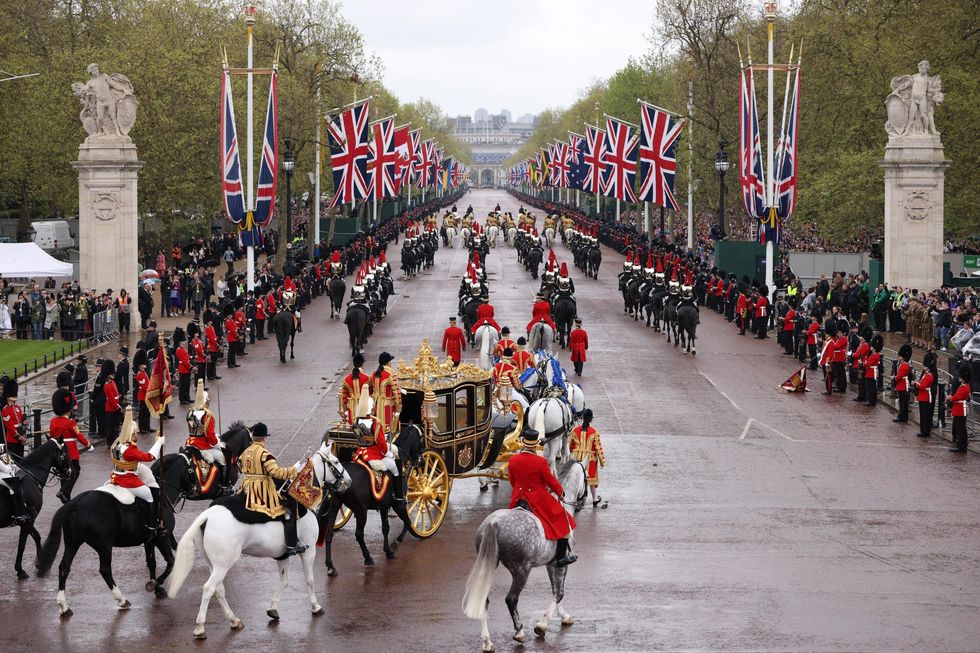
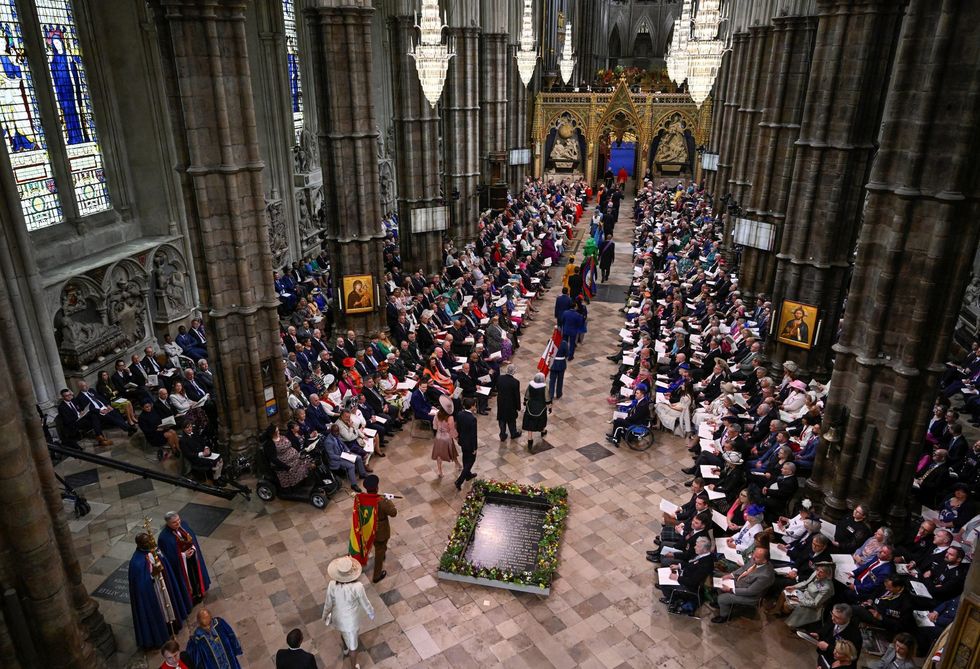
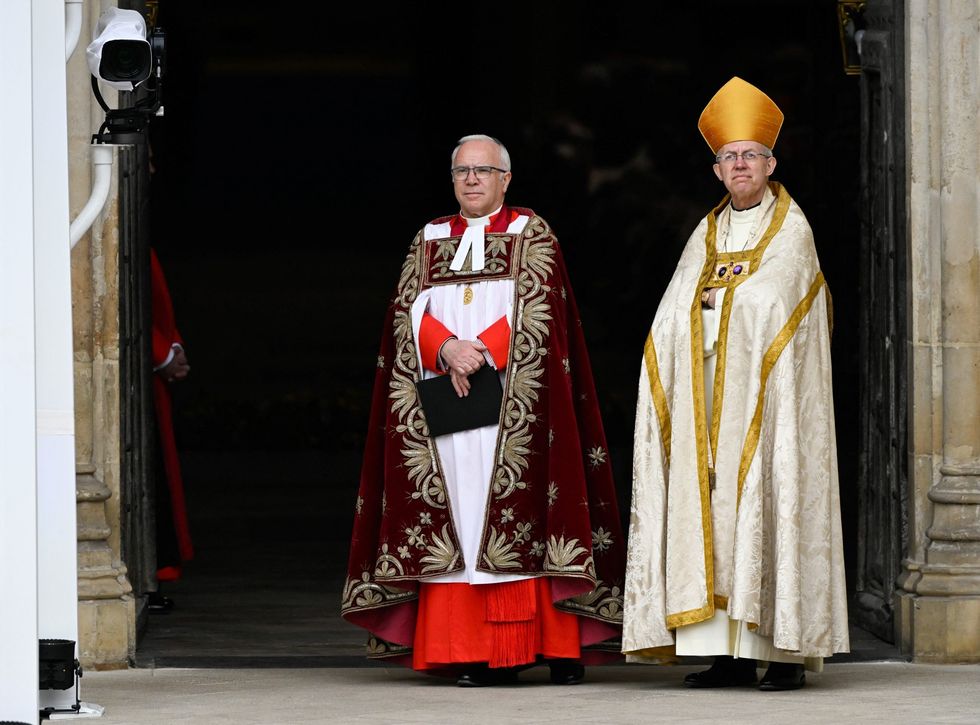
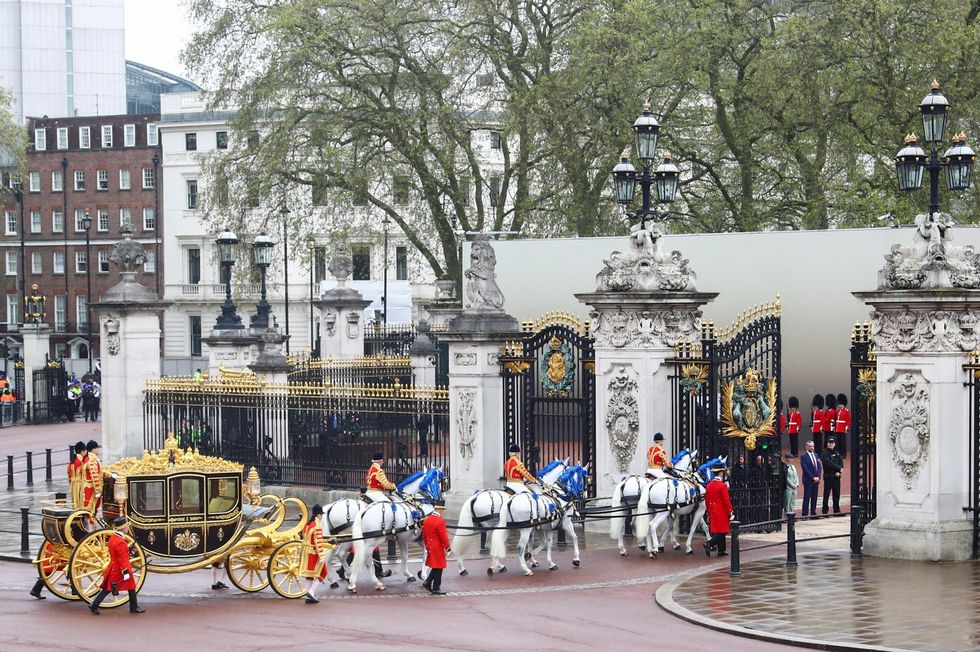
Britain's Speaker of the House of Commons Lindsay Hoyle arrives to attend the coronation (Photo: Reuters)
